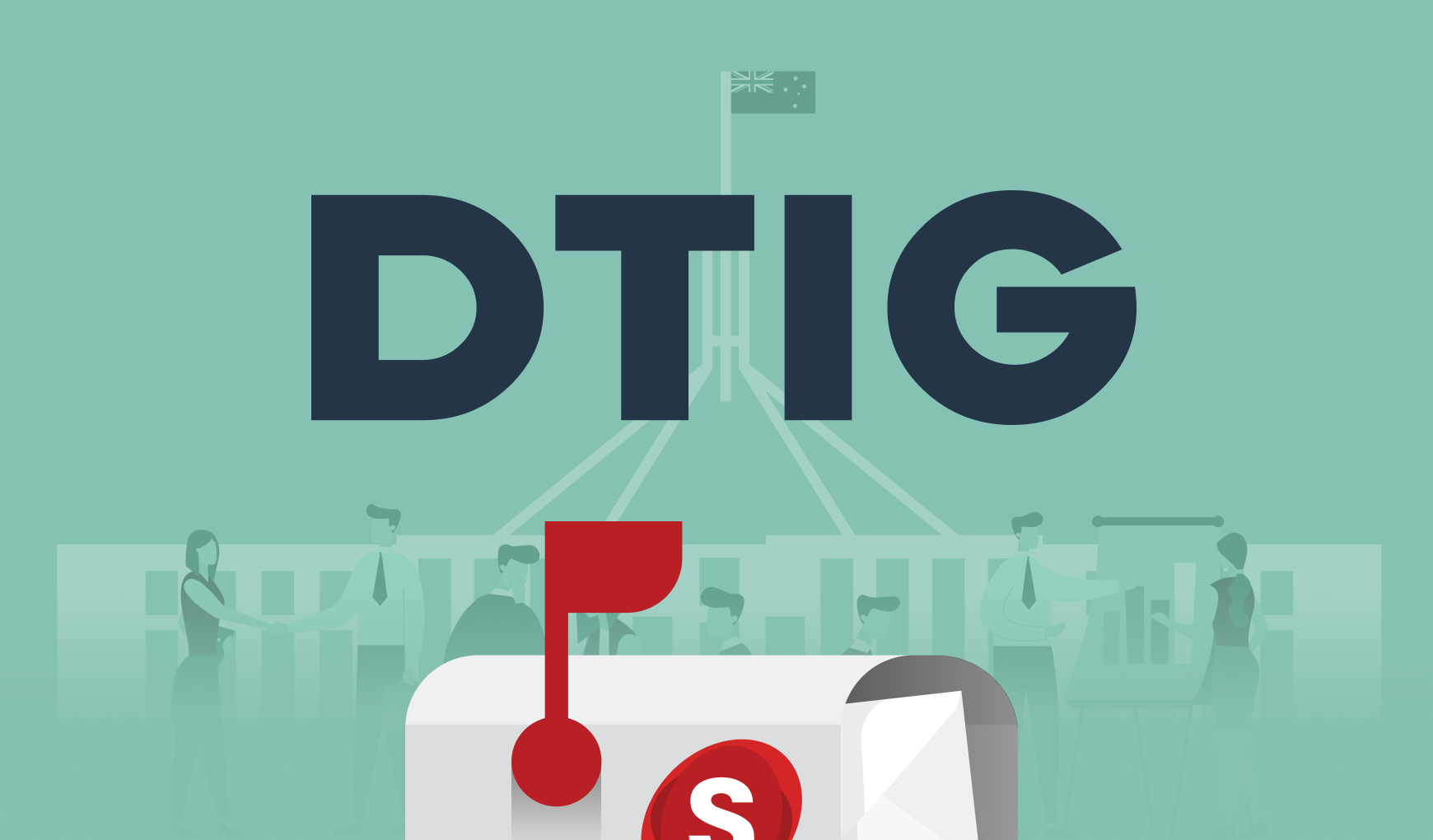APS review
In April we blogged about the Australian Public Service (APS) review, and specifically its Priorities for Change report that highlights four priorities that will help the APS be ‘fit-for-purpose’ in the future. We’ve also found another interesting related document: BCG’s Scenarios for .
Scenarios for 2030 tries to predict what the future will look like — i.e. what 2030 will look like for the APS. The report was put together by the Boston Consulting Group (BCG) and represents a significant analysis.
The starting point
As the starting point, BCG looked at megatrends and identified over 100 megatrends. Each of these was then analysed further until 31 megatrends were identified as particularly relevant to the APS. These 31 items were grouped into four themes:
“Changing expectations
Advances in technology
Societal and geo-political shifts
Changing nature of work”
The next phase identified three areas of uncertainty, what they called ‘axes of uncertainty’. Specifically:
Public confidence — this could end up mapping lower or higher compared to now.
Adoption of new technology — from continued to disruptive.
Global context — could become more individualistic or more cooperative.
These three points overlay on the megatrends, affecting the final possible future outcome.
The future scenarios
The end result was four possible future scenarios:
#Techsplosion
WikiGov
Devolution revolution
New world dis(order)
#Techsplosion
As the name suggests, this future scenario focuses on digital transformation and a technology explosion. It mentions many of the topics we’ve blogged about here, such as artificial intelligence, bio-technology, blockchain, data, and advanced analytics. This scenario/future sees the APS embracing these technologies.
WikiGov
This scenario is closely related to the public confidence axis mentioned above. In this model, public trust in institutions and the APS has fallen, and the public demands more transparency and influence over government. Digital platforms enable this, supporting citizen engagement and participation.
Devolution revolution
In this scenario, the focus on local institutions and organisations has increased because the public has become skeptical of big institutions. Government has moved more policy and service design to state and local governments.
New world dis(order)
This one is based on instability across politics, economies, the environment and social factors. Under this scenario multinational agreements and international organisations are no more and nations turn inwards. Citizens rely on their government to put the people’s interests first and keep them safe.
The impact of the future scenarios on the APS
The next phase of the project identified common success factors, things the APS could do that would ‘work’ for all four future scenarios. Next, a gap analysis identified what was needed to get the APS from its current state to this future state.
Finally, the common success factors and gap analysis were combined to come up with eight recommendations for the APS.
The recommendations are:
“Develop outcome-based management and funding models
Increase APS non-Canberra presence and cross-sectoral working
Adopt open, platform-based institutional architectures
Invest in the development of digital skills and talent at scale, particularly in data analytics and emerging technologies
Develop professional competencies
Establish APS talent hubs to attract and retain talent
Foster an adaptive and agile APS workforce and innovation culture
Develop open government platforms, co-design and citizen engagement mechanisms”
Salsa Digital’s take
The report is well worth a read, with extra detail on the scenarios giving you a good understanding of what Australia (and the world) could look like in the future. It’s probably not surprising given we’re a digital agency that we’re advocating for the first scenario, #Technosplosion, as the most likely future. It’s also a future we’re actively working towards and turning into a reality through our work with government. However, we also believe our focus on open source technologies and how they can digitally transform governments and help them become more open, more connected and more consolidated, will provide value to government within all of the scenarios. Our work is also very much in line with recommendations three and four, around adopting open, platform-based architectures and investing in digital skills and talent, and our focus on how these can serve the open government movement.
While future gazing can be difficult (why don’t we have flying cars run on compost as predicted in Back to the Future?) this is a considered study rather than a science fiction novel/movie. The inclusion of four scenarios also ensures the APS can ‘hedge its bets’ and create a new APS that’s relevant to all possible versions of 2030.

